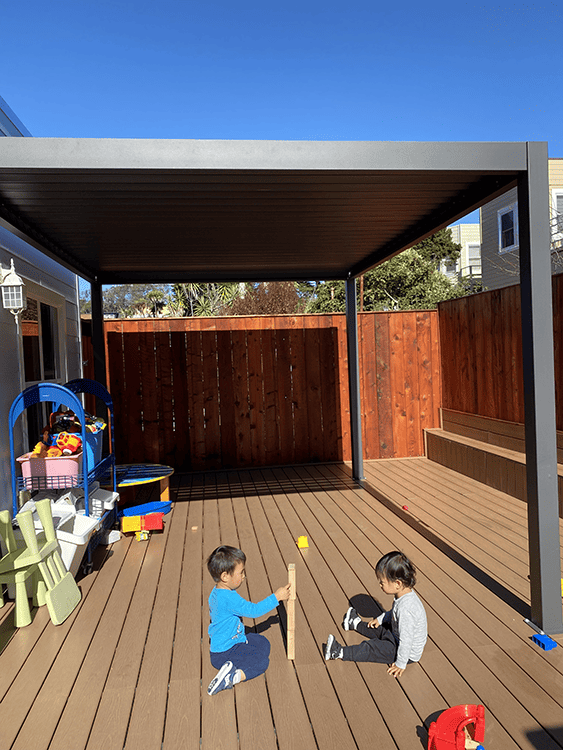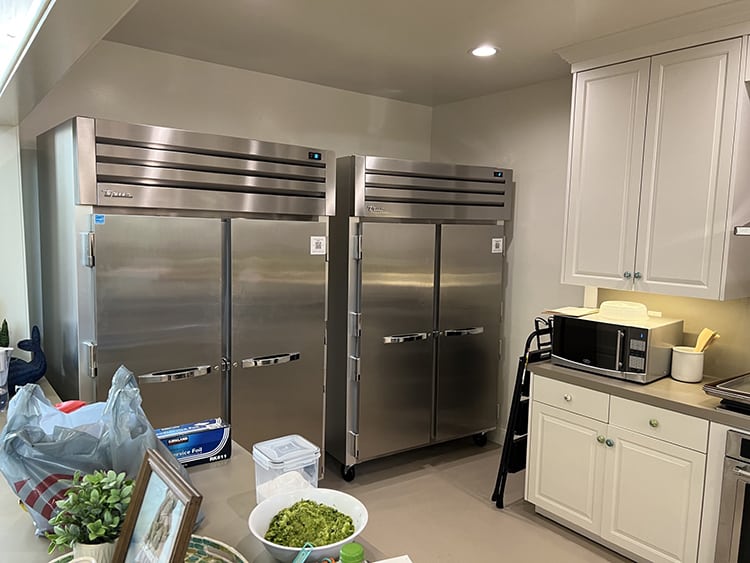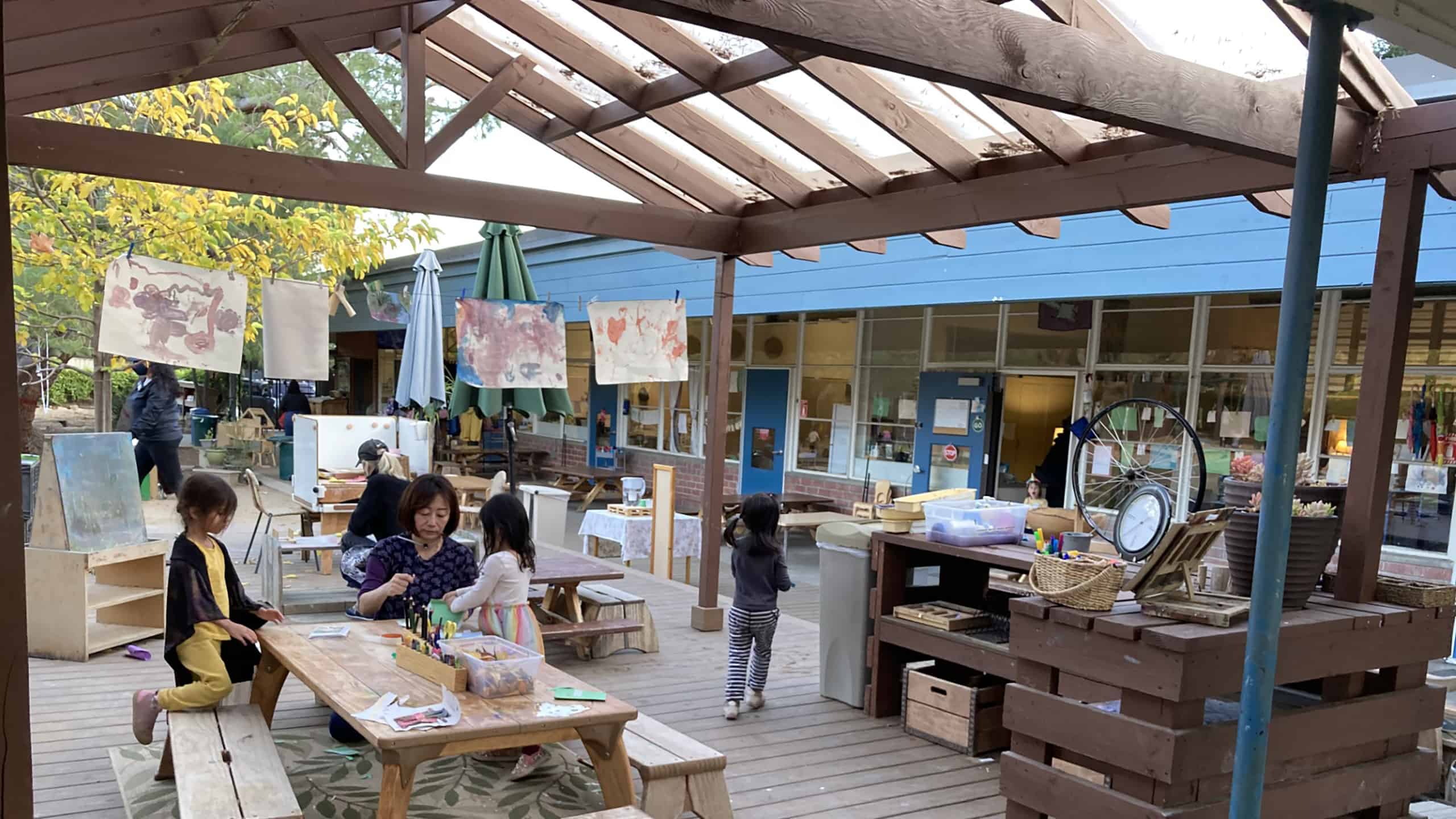“Margins are slim in the child care sector. The Infrastructure Grant Program (IGP) funding has allowed me to stay in business,” states Inna Pavlova, owner of Our Rainbow Kids Family Childcare in San Francisco’s Parkside neighborhood.
Those words of gratitude are echoed by Co-Executive Director Ellen Veselack of the 44-year-old Child Educational Center in La Cañada, in the foothills of Los Angeles. She explains, “It took 25 years to get the money to remodel our center’s very outdated kitchen. IGP made this a reality.”
These are just two of the 3,758 small businesses so far who have applied for and been awarded funding to refurbish their in-home or center-based facilities via the $350.5 million IGP program. Grantees come from every county of the Golden State. On July 23, 2021, the Legislature enacted the Child Care and Development Infrastructure Grant Program through the California Department of Social Services (CDSS). The impetus for IGP was the pandemic, in part using federal American Rescue Plan Act (ARPA) money to improve early care and education (ECE) facilities so they could best weather unprecedented economic turmoil brought on by program closures and decreased revenue. The state came to LIIF as a trusted community development financial institution (CDFI) with decades of experience quickly deploying capital into historically excluded communities. Since LIIF’s inception in 1984, $3.5 billion has been invested in communities, with 2.5 million people served.
There were over 6,300 IGP applications – far greater than anticipated. In response, LIIF scaled its ECE team to manage and direct these much-needed funds, also guiding applicants through the process. As a CDFI centered around racial equity, LIIF is committed to offering culturally responsive services. This type of grantmaking and technical assistance is closely aligned with LIIF’s mission that “everyone in the United States should benefit from living in a community of opportunity, equity and well-being.” Seventy-four percent of IGP applicants identify as BIPOC, 81% identify as women and 58% as women of color.
Both in-home and center-based child care operate on tight margins, so they benefit greatly from grants as opposed to loans. It is a strain for in-home providers to take out a home equity line of credit (HELOC) on their primary residence just so they can run their business – especially true in the last year with rising interest rates. Even center-based care facilities run on slim margins, so taking on debt is often untenable.

ECE Program Officer Kerry Burns worked with Pavlova and her $75,000 in IGP grant funds for Our Rainbow Kids Family Childcare. The pair had regular check-ins to review project progress. One major project was combatting water damage due to numerous leaks. From the roof. The siding. The windows. Additionally, her decking needed refurbishment. With new decks complemented by a permanent shade structure, 14 children can now play outside in a safe, sun- and rain-protected space (photo, above). Even interior stairs were resized to accommodate children with special needs, and a new water-filtration system is in place.
Child Educational Center worked with ECE Senior Program Officer Joyce Robinson on how to effectively utilize the $235,870 in IGP funding. Robinson explains, “I am the Program Officer who was assigned to the Child Education Center program to guide them through the implementation process. I reviewed the approved allowable expenses, explained the required final CDSS documentation and offered consultation on the need to alert Community Care Licensing of their scheduled renovation. I made myself available to answer any questions as the project moved toward completion, eventually submitting to our team the final report with reimbursements and photos.”

The 1950s-era building was showing its age. There was a major kitchen remodel, with non-commercial refrigerators swapped for commercial-sized options, meaning food for 185 children is no longer wasted due to lack of storage (photo, above). The terrazzo in the bathrooms has been polished, there are long sinks for multiple users, and the children’s and adult bathrooms now have hot water, especially needed in the winter. Another area that has seen a dramatic transformation is the outdoor studio area. With new decks and shade structures, the space is now more inviting and fosters creativity that includes art classes, plus there is convenient storage (photo, header). LIIF’s Robinson was excited to see the outdoor art studio in use by the children and teachers.
Now, with their facilities updated, both Pavlova and Veselack are overjoyed that they can provide high-quality child care to their respective communities. These small businesses have been set up for success – and the same can be said for the children they serve.
“We want our children to feel respected and loved coming into our spaces,” sums up Veselack, exemplifying the impact of the partnership of LIIF and CDSS.
___________________________________________
DYK: LIIF has 25 years of ECE work under its belt. Our new, comprehensive ECE business model comprises facilities fund management, capacity building and advisory services.
Learn more.
Margins are slim in the child care sector. The Infrastructure Grant Program (IGP) funding has allowed me to stay in business.
Owner Inna Pavlova, Our Rainbow Kids Family Childcare
